Getting feedback on your music
This is a more a personal, editorial blog post about music feedback which I’ve been wanting to write for a while now. All year – mainly through our community we are building on Facebook – people have been posting their tracks to receive feedback and validation about their work. It can be intimidating to share something in the group and to have people comment on it. I can relate, as I don’t really share music publicly unless it’s been signed, or if I feel I have something strong to share. Soon I’ll share some details with you about group coaching, which I’ve been testing over the last month and will help people to receive more feedback. That said, one of the things that strikes me most is that many people feel a bit lost when seeking feedback or validation about their music.
In art, the need for validation is huge, and given the state of music nowadays, we have very few places to receive valuable feedback. People try and try to make music and can get lost in it, sometimes losing sight of their main motivation that drew them to making music in the first place.
If someone asked me, “where do you get feedback?”, I wouldn’t really have an easy answer. But in general, I can describe where many people find constructive feedback about their music.
From established artists
PRO: Other artists are probably the most reliable source for good feedback. If the artist finds the time to listen and you like what he/she does, then the returned feedback is pretty solid. The great thing is that if an artist likes it, then your music could end up in a DJ set, podcast or his collection. Other artists usually have nothing to gain from you except a possible friendship if they like you and your music, so the chances that they’re true to their word are good.
CON: Getting an artist’s full attention. Giving too much credibility to an artist can distract you from your initial path.
Difficulty level: Hard. Artists are often in demand, contacted by random people who try to charm them to ask something in return
Online magazines
PRO: If you make a podcast and an online magazine or blog would like to publish it, it can indeed be great validation that you’re on the right path. If you get reviews for an EP/LP, it also exposes you to many people who visit the site which brings attention, with hopefully some good words.
CON: Some of the bigger magazine give reviews if you bought advertisement with them. Often I see people who write reviews who aren’t musicians themselves, and get blown away by very simplistic music, while brushing off music that might be more complex. Sadly, I feel many writers have lost the credibility they once had as a result of their interest in money.
Difficulty level: Extremely difficult, and potentially biased. If you buy advertisement to a site, they usually will give you attention. Some people even buy “space” on a site to make sure they get reviews.
Touring/Gigs
PRO: Touring is certainly the most validating experience if you play at the right places, in the right time slots, and see first-hand how people react to your music. It can be a very important insight into how to build your music in order to have better reactions on the dance floor. If you can play locally, you can also network with people which can help create a stronger following.
CON: The downfall is how much you have to put to make this happen, and how the work conditions when you tour can be harmful both mentally and physically. Getting local gigs is a bit less stressful and way less complicated.
Difficulty level: Medium or hard, depending of your networking skills.
Labels
PRO: For many, this seems to be the ultimate validation. Being signed by a label could mean that you’re officially part of the crew, that you. To see your name among artists you respect certainly brings some excitement and validation to your music.
CON: Is being part of the crew enough to validate your music? What if you made it there but your release is commercially a flop? Is releasing the validation or was the answer from the market the real response? These are all difficult questions.
Difficulty level: Very high. Many artists contact labels, and being noticed among the noise is difficult. Picking the right people is a complex process. Sometimes an artist fits on a label, but the technique doesn’t, or the direction of the proposed songs is not right. One of the most confusing thing is when a label decides to follow trends, which are ephemeral, or to release an artist because he/she is considered hot at the moment. That can compromise the credibility of the label and blur the validity that you initially got.
There were talks this year where people were saying that online vinyl shops giving multiple P&D to multiple, unknown artists, are slowly confusing and overflowing the market with music of debatable quality. Many people chase labels that sell because they know if they can get in the charts, they’ll get attention and bookings, certainly a good thing. But it doesn’t necessarily validate what you do. An amazing release in the hands of a label who doesn’t take the time to promote will not sell as well as it should.
But let’s face it, there are other ways to get validation about your music that are totally easy and might be just as productive as any of the classic ways:
- Soundcloud: If you develop quality connections with people online, who you know comment on the music you love, they often provide you with meaningful comments. Personally, I have a tight circle of about 5 people I will send my music to right away to hear what they’ll say. I’m always more excited to hear from them than a potential label wanting to release me.
- Local DJs: These are people who can test your music in context and show you what’s happening. You need to flex your social skills for this to work, but these people are extremely valuable.
- Music fans: If you go out to events, you might meet some of those people who aren’t DJs but who know all the DJs and constantly post music on their Facebook page. These people are a gold mine for feedback. They won’t be technical but they’ll be telling you up front if they like your music or not. You always want them as supporters because they’ll be talking about you which is better than doing self-promotion.
- Our Facebook group! I created a group of individuals who wish to improve their skills. You can join if you want 🙂
I hope this helps!


 First, know your music. Whatever genres you listen to, please get to know what it has and needs. If you read this blog regularly, you know that I always insist on knowing and using references. The mothership method also starts with references. There are a few essential questions you need to ask yourself when you listen to your references:
First, know your music. Whatever genres you listen to, please get to know what it has and needs. If you read this blog regularly, you know that I always insist on knowing and using references. The mothership method also starts with references. There are a few essential questions you need to ask yourself when you listen to your references: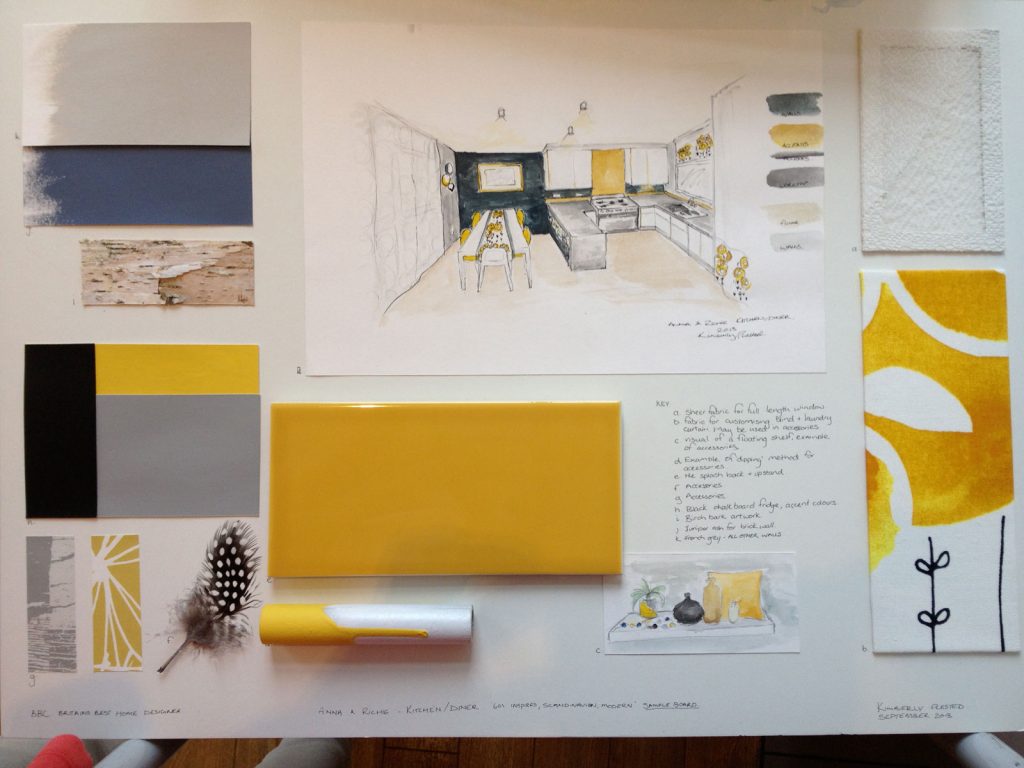

 In my career, I’ve learned a few things regarding how to deal with the lows. It comes down to perception mostly, but also to how you approach things. The thing is, no matter if you’re riding a high or a low, you are exactly the same. External factors can trigger frustrations but they’re not responsible of your emotions. While it is known that physically, making music can release some internal hormones that give pleasure just as a drug, on the flip side not being able to do music can also be hurtful.
In my career, I’ve learned a few things regarding how to deal with the lows. It comes down to perception mostly, but also to how you approach things. The thing is, no matter if you’re riding a high or a low, you are exactly the same. External factors can trigger frustrations but they’re not responsible of your emotions. While it is known that physically, making music can release some internal hormones that give pleasure just as a drug, on the flip side not being able to do music can also be hurtful.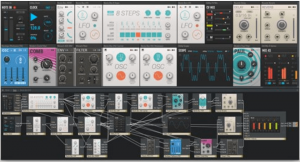
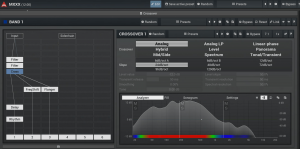
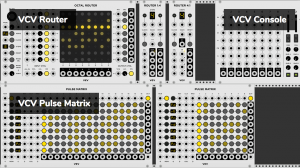
 Another signpost I’ve used was a sort of music “target” I set through Ricardo Villalobos. I’d study his music, his sets, and a recurring question I had was “will he play this track of mine?” There wouldn’t be any goals attached to this besides, perhaps, having him play my music, but it was more as a reference point of how my music could be made or adapted,
Another signpost I’ve used was a sort of music “target” I set through Ricardo Villalobos. I’d study his music, his sets, and a recurring question I had was “will he play this track of mine?” There wouldn’t be any goals attached to this besides, perhaps, having him play my music, but it was more as a reference point of how my music could be made or adapted,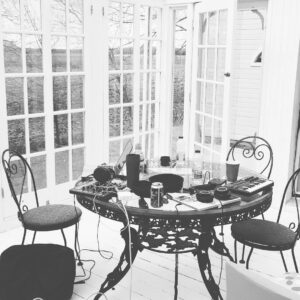 We ended up having 13 people signing (note: we even had people from France who wanted to come but we didn’t posted the dates soon enough for them to prepare) and we found a beautiful manor outside of Montreal with the views of fields and hills as the place for the retreat. The setting was perfect. Fred organized two separate studios and we had plenty of room to be with our laptops to get in our bubble.
We ended up having 13 people signing (note: we even had people from France who wanted to come but we didn’t posted the dates soon enough for them to prepare) and we found a beautiful manor outside of Montreal with the views of fields and hills as the place for the retreat. The setting was perfect. Fred organized two separate studios and we had plenty of room to be with our laptops to get in our bubble. We traded Soundcloud and Facebook for real human contact. Hanging out in clubs to find like-minds felt awkward; being around people who share the same interests, and working at the same time as others really responded to a common need we all shared: connecting physically.
We traded Soundcloud and Facebook for real human contact. Hanging out in clubs to find like-minds felt awkward; being around people who share the same interests, and working at the same time as others really responded to a common need we all shared: connecting physically.


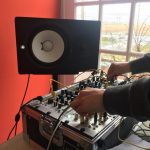
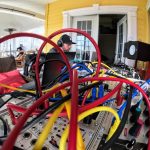





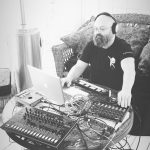
 For example, many people feel that they want to become a DJ after a special night in a club. This is an example of musical stimulation kicking off the cycle of inspiration. People also like to celebrate art, in search of some sort of new stimulation for the mind; to be inspired to create.
For example, many people feel that they want to become a DJ after a special night in a club. This is an example of musical stimulation kicking off the cycle of inspiration. People also like to celebrate art, in search of some sort of new stimulation for the mind; to be inspired to create. This phase can be when the “aha!” moment hits you full effect; all the technical details fall into place and you can express yourself entirely. I’ve had this moment with two albums I made,
This phase can be when the “aha!” moment hits you full effect; all the technical details fall into place and you can express yourself entirely. I’ve had this moment with two albums I made, 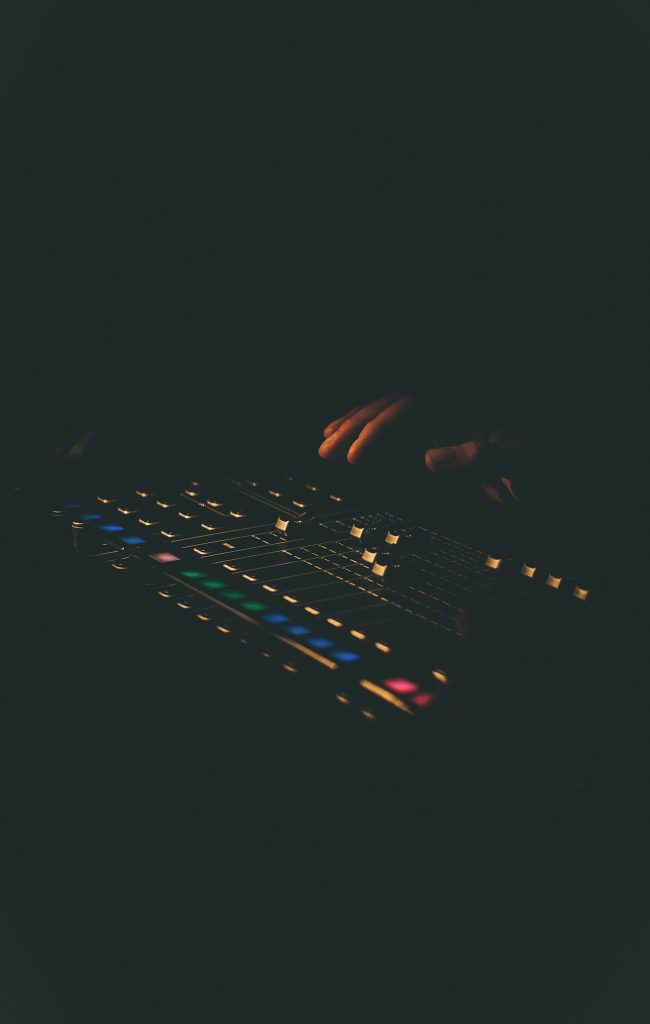 Investing too much, too fast
Investing too much, too fast